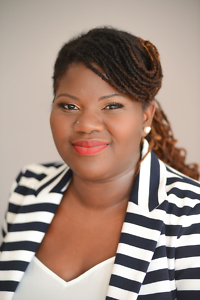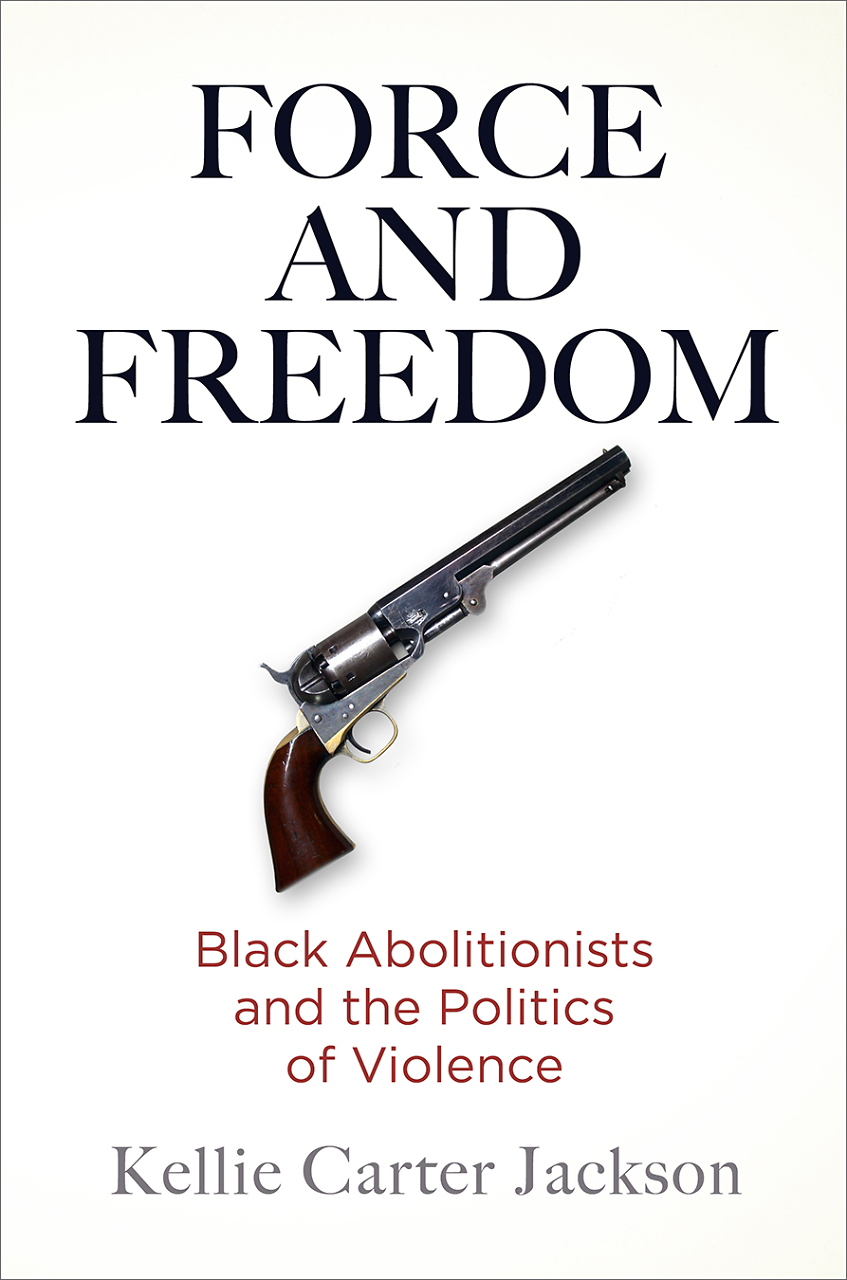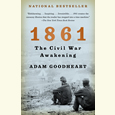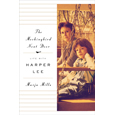Tackling Life
In a new memoir, NFL star Michael Oher writes about life before The Blind Side
In the middle of Michael Oher’s rookie season as an offensive tackle for the Baltimore Ravens, a big-budget Hollywood movie based on his life premiered to rave reviews—but he was too busy with football to watch it. It wasn’t until a couple of months later, after the season, that he managed to buy a ticket to The Blind Side, which starred Sandra Bullock, Tim McGraw, and Quinton Aaron. Without telling anyone who he was, Oher sat down in the darkened theatre with a couple of his teammates to watch the movie, based on a 2006 book by Michael Lewis. As Oher describes the experience in his own new book, I Beat the Odds: From Homelessness to The Blind Side and Beyond, co-written with sports writer Don Yeager, he reacted to the film with both bewilderment and “wounded pride.”
Oher didn’t understand why so many people seated around him were sniffling. He wanted to stand up and announce, “You realize that was a happy ending, right?” he writes. “I mean, I have a great life, a great family. … Things turned out really good for me—please don’t cry.” Still, his pride was wounded by the scenes in the movie that depicted him as essentially unaware of football until he came to live with his adoptive family, the Tuohys. In fact, Oher had been learning the nuances of the sport for years at that point, recognizing—before he ever heard of Sean and Leigh Ann Tuohy—that football was the vehicle that would carry him far beyond the Memphis projects. In I Beat the Odds, he tells the story of the hard years before the events of the film, and he speaks directly to anyone who dreams of escaping cycles of poverty and neglect. Oher spoke to Chapter 16 recently by phone.
Chapter 16: How did the idea for this book come about?
Oher: A couple of people in my circle came to me and said, “We think you should do a book. We think it would be great.” I was like, “No, I don’t think want to do it. Enough of my life and story is already out there. People already think they know me.” But then they came back to me and said, “You know, this could be great. You have saved so many lives; so many people look at you for inspiration.” So I was like, “I’ll think about it.” I’ve gotten thousands and thousands of letters from people telling me their stories, people who have walked in the same shoes as me; they keep telling me that I give them so much hope. I eventually came to the conclusion that I might as well go ahead and do the book. I did it for them.
Chapter 16: As you researched the book, was it hard for you to go back to your childhood, to revisit some of the places where you spent your childhood?
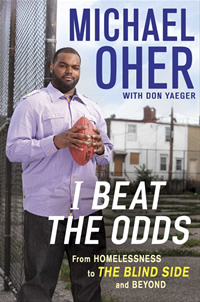 Oher: It wasn’t hard at all. I knew if I wanted to write a successful book, I was going to have to do all that. But it was no big deal. I wanted to help people change their lives by showing how I changed mine, to let people know that it will be all right.
Oher: It wasn’t hard at all. I knew if I wanted to write a successful book, I was going to have to do all that. But it was no big deal. I wanted to help people change their lives by showing how I changed mine, to let people know that it will be all right.
Chapter 16: In several places, the book reads as if you’re speaking directly to kids currently in the foster-care system or other bad situations. Do you have any plans for getting your book and its message directly into their hands?
Oher: That’s really what it’s all about—reaching those kids and opening the door for them. I’m just letting them know through my story that you can make change happen. You don’t need a wealthy family to come and take you in for you to be successful. If you strive for the best in yourself, if you want to do the right thing, you can. There are other kids like I was that are able to do it just because they want to do it. You just have to find that inner drive.
Chapter 16: One of the greatest transformations the book describes—one you clearly place high importance on—is your academic transformation, as you became an honor-roll student at Ole Miss. What advice would you give first-generation college students who, as you put it in the book, “don’t even know how to learn”?
Oher: The importance of learning is everything. That’s what’s going to get you through life. That’s what will get you where you want to be. Growing up where I did, obviously I had to learn so much new material in order to make it because we just weren’t exposed to anything positive connected to learning. I had to catch up all the time. I had to work a lot harder than those who had been around learning their whole lives. If you want to get the chance to succeed, you need to make sure you get done what you’ve got to get done.
When you’re looking at the work, you have no idea how it’s going to change your life. It’s like the movie “Slum Dog Millionaire.” The main character learned because he traveled through so many different parts of life. I could relate to that because I’ve been so many different places. Growing up the way I did, I moved around, I lived in dozens of different places. Then I went to [the private high school] Briarcrest, and that was so different. I learned so many new things on that road, even before I moved in with the Touhys. That’s what it’s all about. You just have to stay focused, and put your foot forward, and learn as you go.
Chapter 16: OK, one sports-related question. In the book you describe the importance of continuing to train and challenge your body, and you mention that after you heard about some other NFL linemen who were flexible enough to do a split, you wanted to do one too. How’s that coming along?
Oher: I’m doing Yoga every day now that it’s the off season. I’ll let you know at the beginning of next season. It’s going to take awhile for me to get there.
Michael Oher will sign copies of I Beat the Odds: From Homelessness to The Blind Side and Beyond at Davis-Kidd Booksellers in Memphis on February 16 at 6 p.m.
